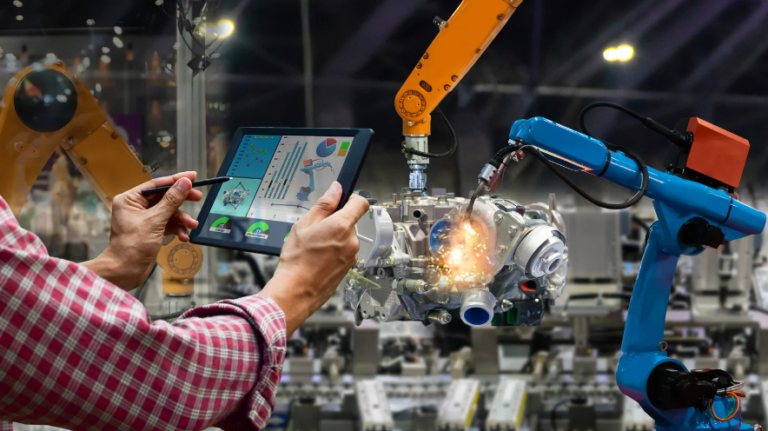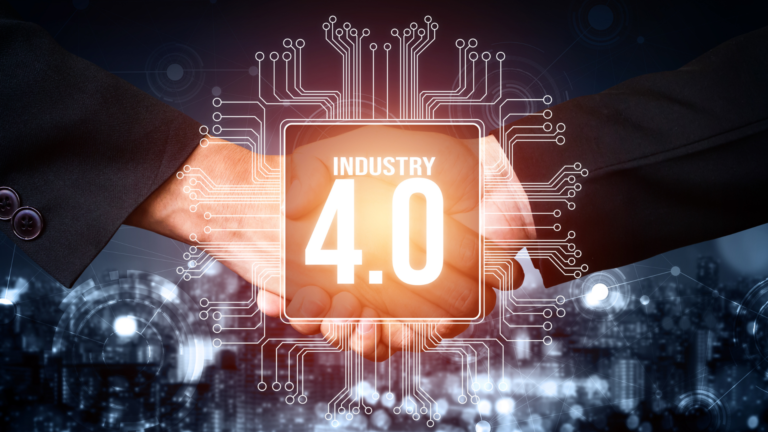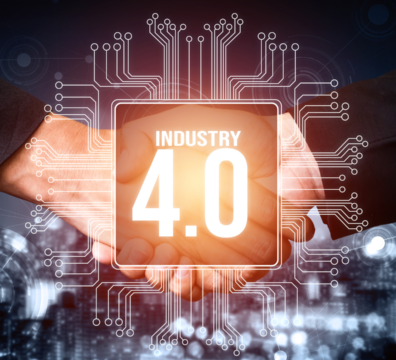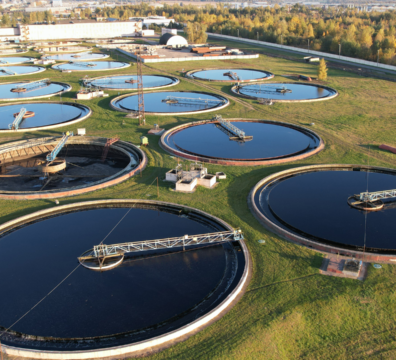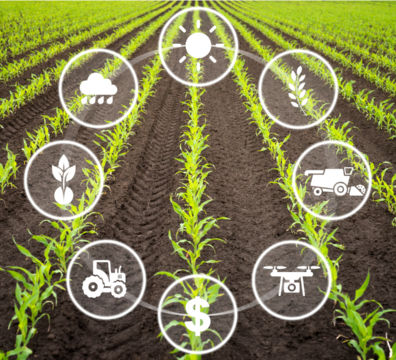Complex industrial processes require data-driven decision-making based on insights from multiple sources. CRDSS provides organisations with the tools to make well-rounded decisions by consolidating data from diverse sources such as production, maintenance, resource usage, and financial performance to drives smarter decision-making.
When it comes to making decisions about food, most of us go with our instincts. After all, researchers at Cornell University found that the average person makes over 200 subconscious food-related decisions every day. But in the world of industrial production – especially in sectors like food and beverage, semiconductor manufacturing, or water and wastewater treatment – decision-making is less about instinct and more about data.
In these industries, the complexity of processes requires data-driven decision-making based on insights from multiple sources. Imagine a food processing plant equipped with hundreds of hyperspectral cameras continuously monitoring ingredient quality and compliance with health standards. Or a manufacturing line using real-time maintenance data, financial metrics and supply chain insights. For decision-makers, the challenge is to process this flood of information and make choices that balance efficiency, cost and sustainability.
Embracing Complexity with CRDSS
The answer to these challenges lies in leveraging advanced tools like the Cost and Risk-Based Decision Support System (CRDSS). CRDSS integrates real-time data, advanced analytics and scenario modelling to provide businesses with the insights they need to optimise resource allocation, minimise risks, and meet sustainability goals without compromising on efficiency or profitability.
CRDSS plays a crucial role in enabling businesses to balance industrial efficiency, quality, sustainability and circularity. This approach is increasingly vital in an era of tightening regulations and growing competition, and where organisations need to make a strategic shift towards smarter, data-driven decision-making. This is something we look at in more detail in this whitepaper.
What is a Decision Support System (DSS)?
A Decision Support System (DSS) is essentially a computer-based tool designed to assist decision-makers by analysing large datasets and offering insights. For complex industries, DSSs provide the backbone of decision-making by optimising production processes, managing resources, assessing risks and planning for the future.
Modern DSS tools have evolved to meet the growing need for integrated and balanced decision-making. This evolution is driven by the increasing importance of sustainability and circularity in industrial operations. Traditional cost-estimation methods like Activity-Based Costing (ABC) fall short in such dynamic environments. A more flexible, AI-driven approach that translates key performance indicators into a continuous cost function is needed, that offers a real-time financial representation of manufacturing performance.
Co-Optimising Efficiency, Quality, Sustainability and Circularity
Optimising for either cost or risk alone isn’t enough. Real-world scenarios involve balancing trade-offs between different priorities. Increasing production efficiency, for example, may lead to higher resource consumption, conflicting with sustainability goals. Conversely, prioritising sustainability could mean investing in cleaner, more efficient technologies – raising costs in the short term.
A notable example of this balancing act is the R3volution project in the water and wastewater industry. This initiative uses AI, machine learning (ML), and IoT technologies to manage and mitigate the environmental, social-health, technical, and economic risks associated with water reuse. By integrating sophisticated data analysis and predictive analytics, the R3volution platform delivers cost-effective, sustainable solutions to water management challenges. You can read more about the CRDSS use cases in the accompanying blog here.
The Role of CRDSS in Balanced Decision-Making
CRDSS provides organisations with the tools to make well-rounded decisions by consolidating data from diverse sources such as production, maintenance, resource usage and financial performance. Here’s how CRDSS drives smarter decision-making:
- Predictive and Prescriptive Analytics: By combining historical data and real-time insights, CRDSS systems can predict potential issues like equipment failures and suggest optimal actions to reduce downtime and financial impact.
- Scenario-Based Decision-Making: CRDSS enables companies to model various scenarios and assess the financial and operational risks and benefits. For instance, a business can simulate the cost and risk of investing in sustainable technologies while factoring in long-term benefits and regulatory requirements.
- Incorporating Sustainability and Circularity: CRDSS includes metrics such as greenhouse gas (GHG) emissions, energy consumption, and waste reduction, allowing businesses to evaluate the long-term implications of their decisions. It helps align operational choices with sustainability goals, balancing profitability and environmental responsibility.
Real-World Benefits of CRDSS
CRDSS offers a strategic approach to navigating the complexities of modern industries. From reducing waste and emissions to increasing operational efficiency, these systems support informed decisions that align with corporate sustainability goals. Businesses can avoid costly inefficiencies and environmental penalties by simulating the impact of decisions on financial performance and environmental outcomes.
Conclusion: Balancing Efficiency and Sustainability for Long-Term Success
In today’s competitive and regulated markets, businesses need a data-driven approach to decision-making that balances multiple priorities. By leveraging advanced systems like CRDSS, organisations can make well-informed choices that optimize resource use, enhance sustainability and maintain profitability. As the industry evolves towards more complex and integrated operations, embracing data-driven strategies is not just a smart move – it’s essential for long-term success.
When it comes to making crucial decisions in the industry, trusting your gut might be tempting, but trusting your data is the smarter bet. To find out more about how you can use your data to make smarter, balanced decisions, download our whitepaper here.



